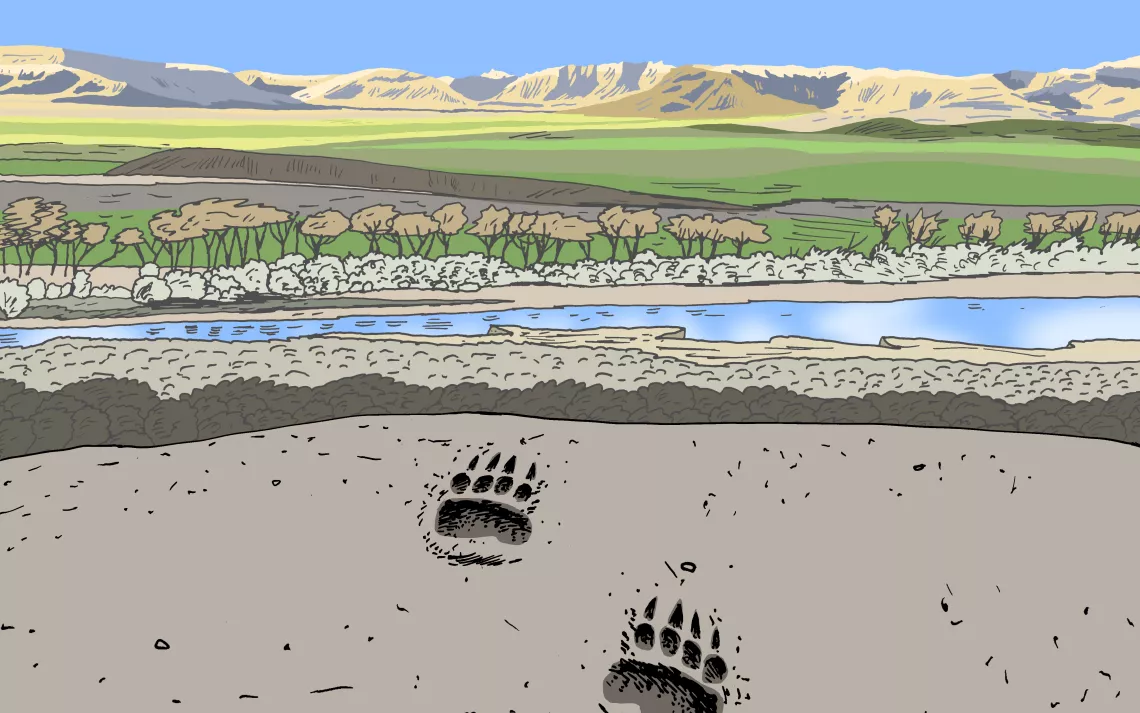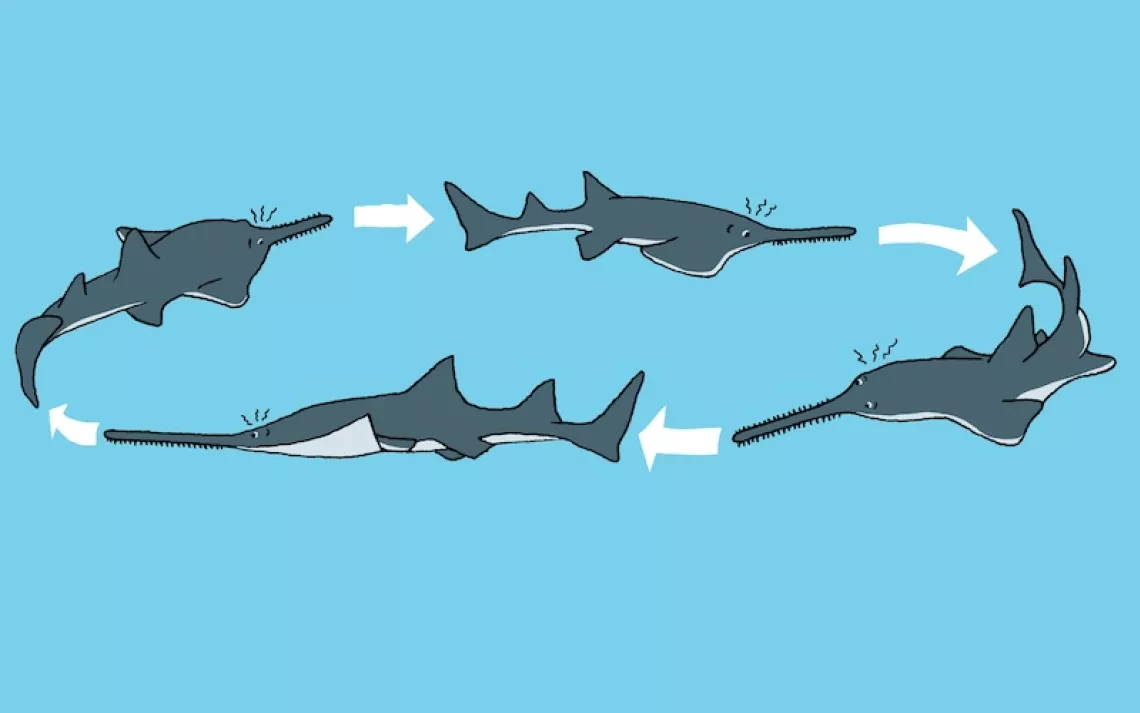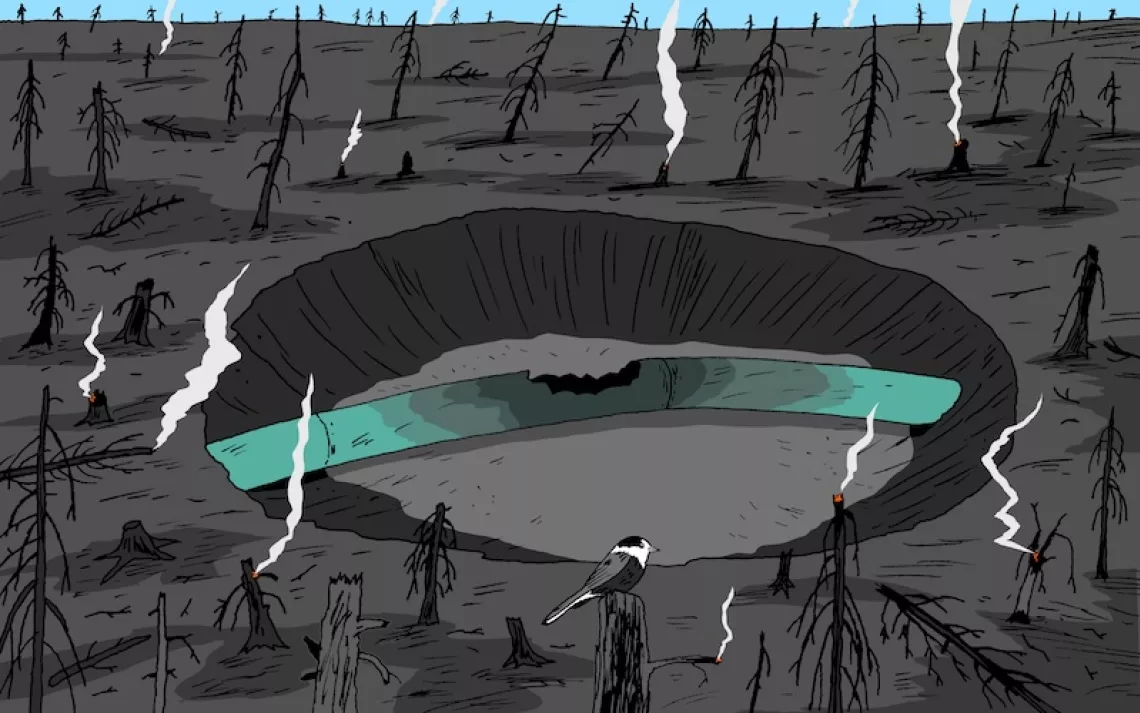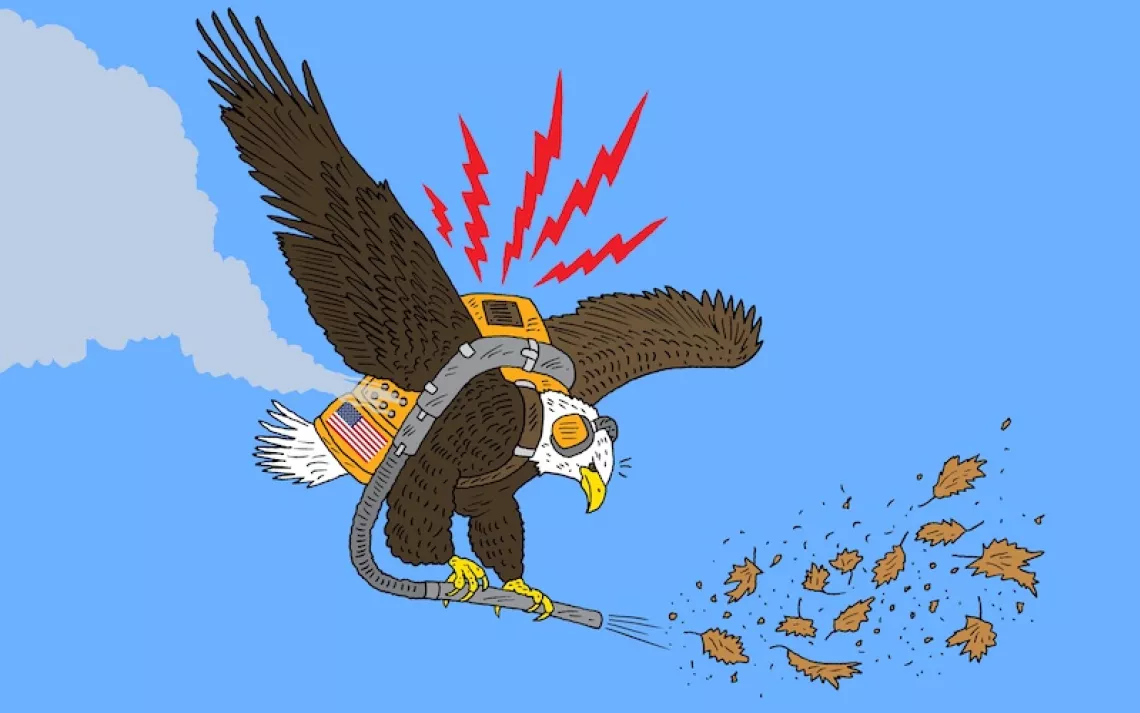ICYMI: Griz Return to Missouri Breaks, E-ZPass Lane for Whales, UAW Targets Tesla & Climate Reality for Gardeners
Environmental news of the week for busy people

A grizzly bear visits Montana’s Missouri Breaks for the first time in over a century.
Wolverines outside Alaska finally receive protection as an endangered species.
Outdoor recreation is now a $1 trillion business.
Virgin Atlantic flies a commercial Boeing 787 from London to New York without fossil fuel.
The United Auto Workers launches simultaneous organizing campaigns at electric-auto makers Tesla, Lucid, and Rivian as well as Toyota, Volkswagen, and eight others.
Breathing air from rush-hour traffic significantly increases your blood pressure.
A group of conservative operatives linked to Florida governor Ron DeSantis and Federalist Society co-chair Leonard Leo runs political ads claiming that President Joe Biden is trying to limit offshore drilling in order to create an “E-ZPass lane for whales.”
In fact, US production of oil and methane gas is at record levels.
According to provisional data, the global average temperature on November 17 was 2°C above pre-industrial levels.
Portugal runs on 100 percent renewable energy for six days in a row.
The world’s richest 1 percent generate as much carbon emissions as the poorest two-thirds.
The Texas State Board of Education rejects seven of 12 proposed science textbooks because of their climate change content.
Javier Milei, the newly elected president of Argentina, rejects climate change as a “socialist lie.”
Geert Wilders, whose far-right party was the largest vote-getter in the recent election in the Netherlands, calls renewable energy “pointless climate hobbies.”
The Bureau of Land Management bans the use of M-44 cyanide bombs to kill predators on land that it administers. (The devices are still used on other federal lands.)
The EPA proposes a rule that would require the removal of all lead water pipes within 10 years.
Half of the country on the USDA’s new Plant Hardiness Zone Map shifts to warmer planting zones.
 The Magazine of The Sierra Club
The Magazine of The Sierra Club







